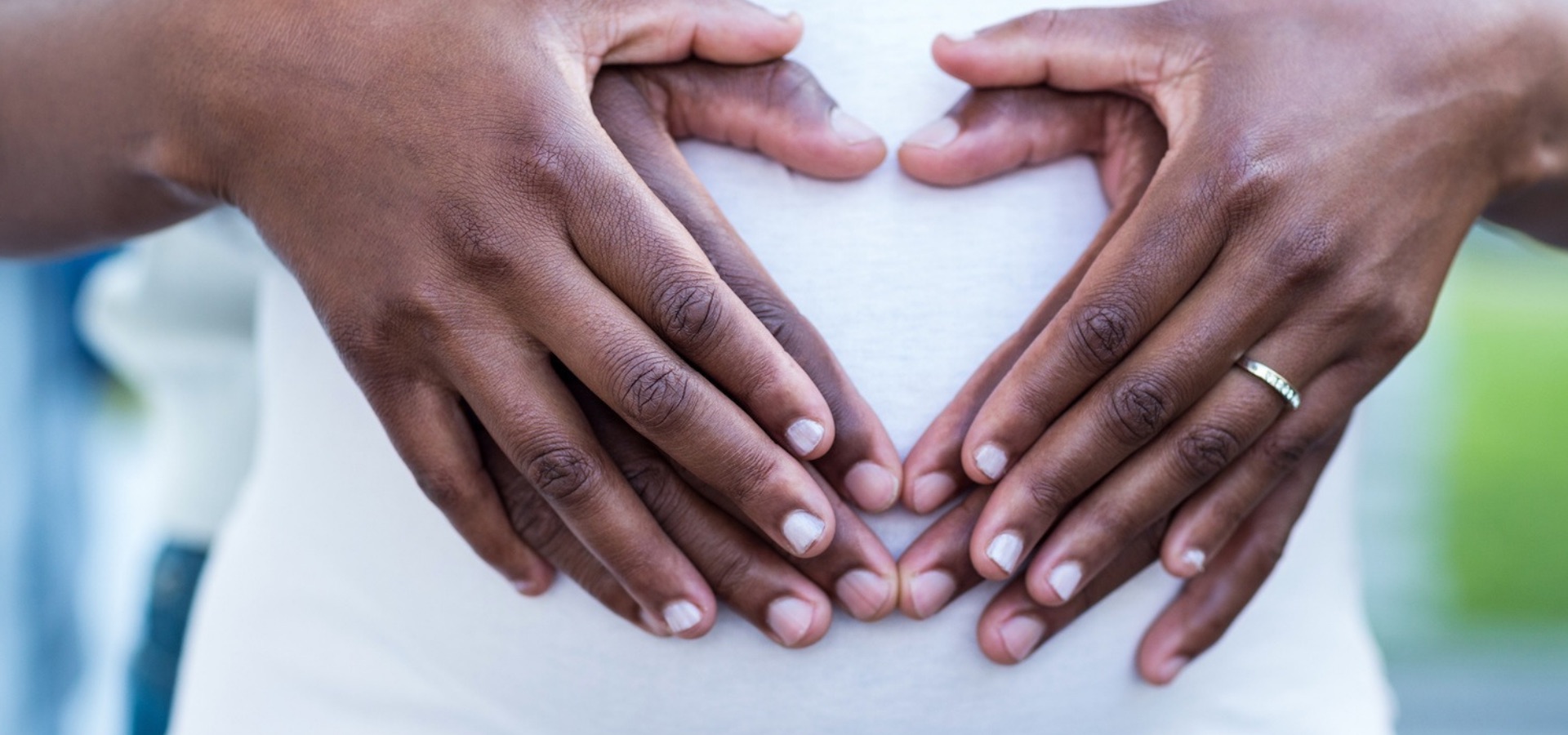Expectant moms want the best for their babies but often feel overwhelmed by the information they receive on what is and isn’t good for them and their baby, which is often contradictory. Getting the right nutrients during pregnancy, and while breastfeeding, can help to ensure the best health outcomes for you and your baby, so it is important to be able to differentiate between facts and myths. Diet1 and appropriate nutritional supplementation2 play an important role in a healthy outcome for both mom and baby. Research has shown that conditions like excessive weight gain1,3,undernutrition caused by nutrient deficiencies2, and gestational diabetes4 during pregnancy can have a negative and lifelong impact on mom and baby.3,4 Abby Courtenay, a registered consulting dietician from Nutritional Solutions, provides tips below on how nutritional supplementation can help you have a happy and healthy pregnancy: When should you supplement your diet? If you suffer from loss of appetite, nausea or vomiting, supplementing your diet will help you reach your calorie and/ or nutrients goals. If you are not consuming enough calories, not gaining any or enough weight or carrying a high-risk pregnancy, a nutritional supplement may help to bridge any nutritional gaps.5 Nutritional supplements which are formulated to contain a variety of nutrients, can be used as a great on-the-go option for busy moms who don’t have the time to prepare healthy snacks. These nutrients include a combination of carbohydrates, proteins and fats which will assist to lower your glycaemic response6, ensuring that you have sustained energy throughout the day; as well as a host of micronutrients to support a healthy pregnancy. It is important for you to look after yourself during pregnancy and whilst breastfeeding your baby – a happy, healthy mom ensures a happy, healthy baby Similac® Mom provides an easy and convenient nutritional solution for expectant moms as well as for breastfeeding moms. Similac®Mom is available at all major pharmacy groups and selected retail outlets and via online shopping. References and notes: Source: https://nutrition.abbott/za Muktabhant B, Lawrie TA, Lumbiganon P, Laopaiboon M. Diet or exercise, or both, for preventing excessive weight gain in pregnancy. Cochrane Database of Systematic Reviews 2015, Issue 6. Art. No.: CD007145. DOI: 10.1002/14651858.CD007145.pub3. Haider BA, Bhutta ZA. Multiple-micronutrient supplementation for women during pregnancy. Cochrane Database of Systematic Reviews 2017, Issue 4. Art. No.: CD004905. DOI: 10.1002/14651858.CD004905.pub5. Nutrition Working Group, O’Connor DL, Blake J, Bell R, Bowen A, Callum J, Fenton S, Gray-Donald K, et al. Canadian consensus on female nutrition: adolescence, reproduction, menopause, and beyond. J Obstet Gynaecol Can. 2016 Jun;38(6):508-54.e18. Abstract available from: https://www.ncbi.nlm.nih.gov/pubmed/27368135 De-Regil LM, Fernandez-Gaxiola AC, Dowswell T, Pena-Rosas JP. Effects and safety of periconceptional folate supplementation for preventing birth defects. Cochrane Database Syst Rev. 2010 Oct 6;(10): CD007950. Abstract available from: http://www.ncbi.nlm.nih.gov/pubmed/20927767 Nutrition Working Group, O’Connor DL, Blake J, Bell R, Bowen A, Callum J, Fenton S, Gray-Donald K, et al. Canadian consensus on female nutrition: adolescence, reproduction, menopause, and beyond. J Obstet Gynaecol Can. 2016 Jun;38(6):508-54.e18. Abstract available from: https://www.ncbi.nlm.nih.gov/pubmed/27368135 Augustin LS, Franceschi S, Jenkins DJ, Kendall CW, La Vecchia C. Glycemic index in chronic disease: a review. Eur J Clin Nutr. 2002 Nov [cited 2013 Jul 6];56(11):1049-71. Abstract available from: https://www.ncbi.nlm.nih.gov/pubmed/12428171

































